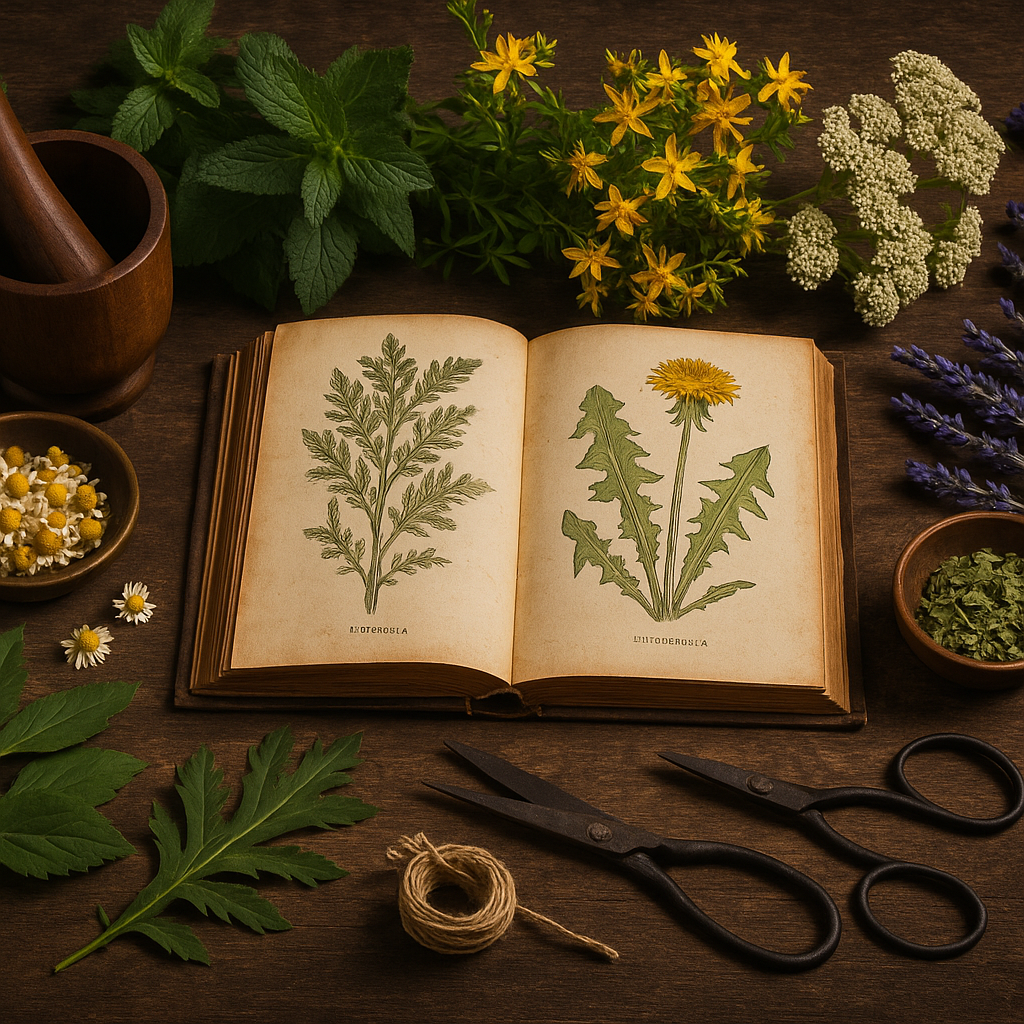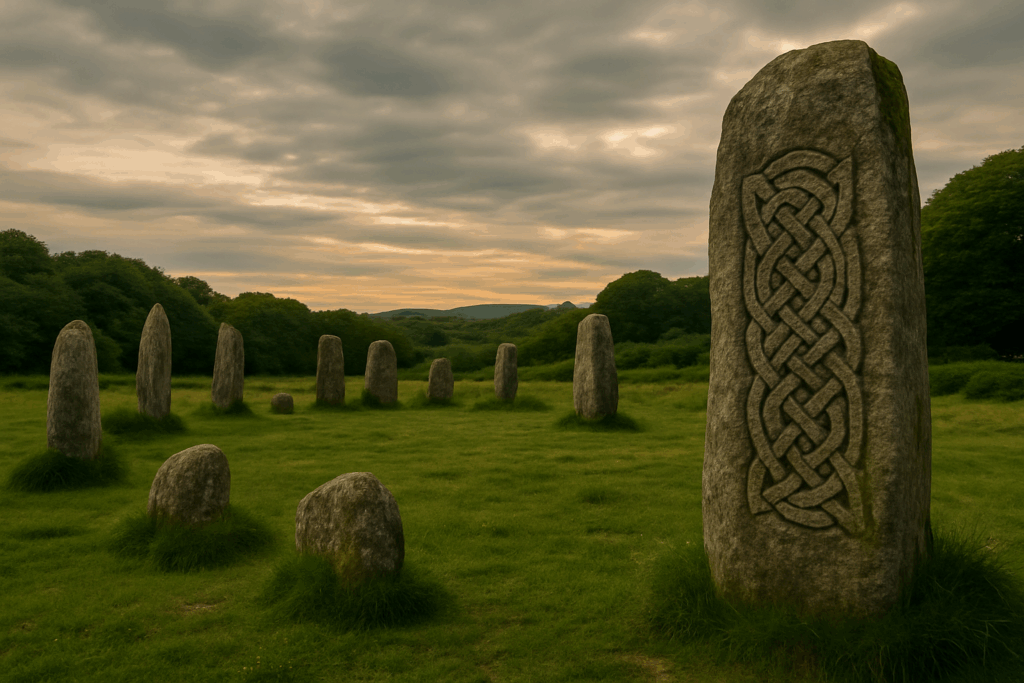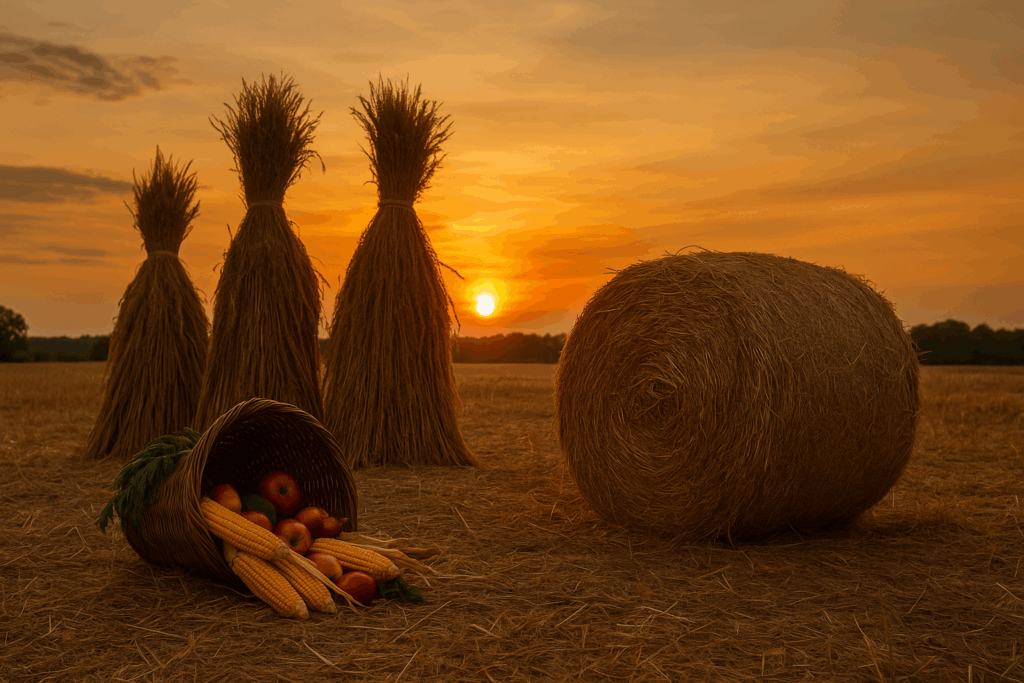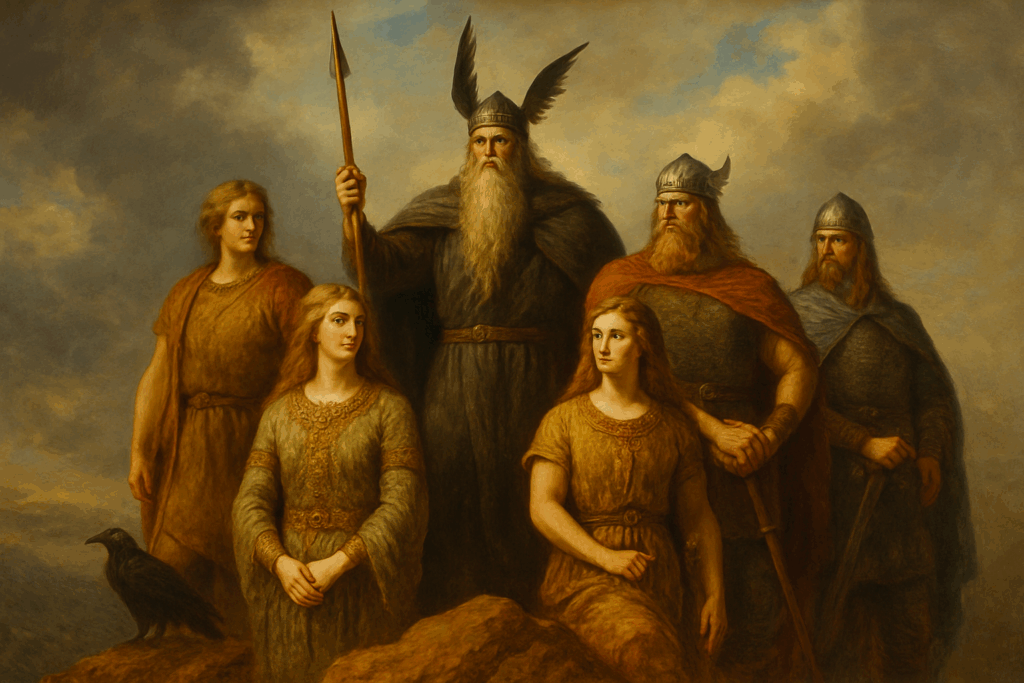October 19 – The Root and the Bone
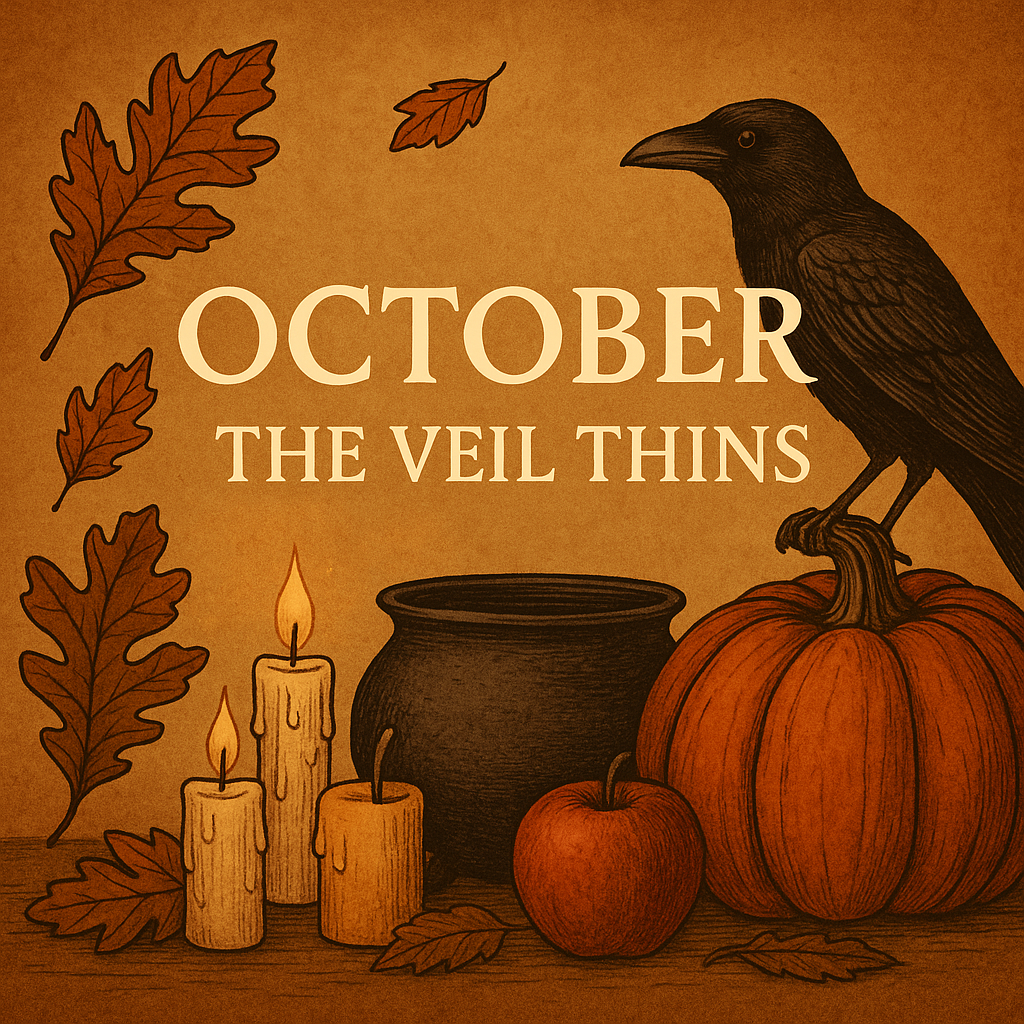
Working with ancestral altars and grounding magic.
As October ripens toward its shadowed end, the energy of the season shifts from the sky to the soil. The light that once poured down now seems to flow inward, into roots, stones, and bones. It is the time of descent, when life retreats beneath the surface to rest and remember. For those who walk a spiritual path, this is the moment to turn inward as well — to seek connection with ancestry and earth, with what endures when all else falls away. The magic of the root and the bone teaches that everything sacred begins below the surface.
Roots are the first ancestors. Long before our names were spoken, before our stories were written, the roots were already reaching — deep, silent, binding the living world together. They hold the memory of the forest and the pulse of the land. To sit near the roots of an old tree is to sit in the company of ancient spirits. Bones are the roots of the body, the framework that endures when flesh returns to earth. Both root and bone are symbols of grounding, continuity, and truth. They remind us that what lasts is not always visible.
Ancestral work in this season means returning to what supports us. In many traditions, an altar for the ancestors is built as the veil begins to thin. It becomes a meeting place between generations — a space where gratitude, remembrance, and guidance flow freely. It doesn’t have to be elaborate; a small table, a shelf, even a windowsill can become sacred ground if tended with care. What matters is intention and presence.
Begin with a clean surface. Lay a cloth or natural fabric upon it, preferably in earth tones — browns, reds, or muted golds. Place objects that connect you to those who came before: photographs, heirlooms, tools, or simple representations of lineage. If your family’s history is unknown or complicated, you may still call upon the broader ancestry of spirit — the teachers, cultures, or lands that have shaped your soul. Add offerings that speak of nourishment: bread, apples, or a cup of water or wine. A candle, when lit, serves as the light of remembrance, guiding the spirits home.
When you stand before the altar, take a moment to ground yourself. Feel your feet as roots pressing into the floor, reaching deep into the earth below. Imagine drawing up the quiet strength that lies hidden beneath the soil. The ancestors respond to this steadiness; they are drawn to those who stand firm in presence. Speak aloud or silently: “Roots beneath and bones within, ancestors of spirit and blood, I honor you. May your wisdom flow through me, may your peace surround this home.” Stay until you feel the connection settle — a calm warmth, a subtle shift in the air, or a quieting of thought.
Working with ancestors is not always about lineage alone. It’s about relationship. Some spirits may bring comfort, others unease. Some may appear in dreams or sudden memories, while others remain distant. Remember that ancestral healing is as important as ancestral veneration. We inherit both light and shadow. When we honor our forebears, we also have the opportunity to heal the pain they could not. Each candle lit, each prayer spoken, sends light backward through time, soothing the tangled web of memory.
If you wish, you can deepen this practice through an offering ritual. After lighting your candle, hold a bowl of water or a piece of bread and say: “What I give, I give in gratitude. What you give, I receive in trust.” Leave the offering on the altar overnight, then return it to the earth in the morning — buried beneath a tree or poured onto the ground. The exchange completes the circle. Energy given in love always finds its way back renewed.
The root also teaches us the value of grounding. In a season filled with spiritual movement — thinning veils, shifting energies, ancestral contact — it’s easy to become unmoored. Grounding reconnects you to body and earth, keeping the spirit steady. One of the simplest ways to ground is to place your palms against the ground itself, bare if possible. Feel the soil’s cool solidity. Let the earth absorb your excess energy and return stability in exchange. Visualize roots growing from your hands or feet, spreading downward until you feel anchored. This act, though simple, restores balance between your inner world and the physical one.
Bone magic complements root work. Bones are reminders of structure and legacy — what endures after transformation. In many old traditions, bones were seen not as morbid relics but as vessels of wisdom. Animal bones, cleaned and consecrated, were used as divinatory tools or protective charms. Human bones were venerated, not feared, for they were believed to retain the essence of the soul’s strength. While we no longer practice such rites in the same way, we can still honor the symbolic bone — the inner framework of our being. Ask yourself: what are the bones of my life? What structures hold me upright, even when everything else changes? What traditions, values, or truths have survived generations to reach me?
Meditating on these questions strengthens both body and spirit. You may even hold a stone or piece of wood in your hand as a symbolic bone — something solid that reminds you of resilience. Whisper a blessing: “May what is strong endure. May what is fragile find rest. May I be the bridge between the living and the remembered.”
As night falls, sit before your altar once more. Gaze at the candle’s flame and imagine it burning at the center of the earth, surrounded by a network of roots and bones glowing faintly beneath the surface. See your ancestors gathered there — not as ghosts, but as presences of love and continuity. They are the soil from which you grow. They do not ask for worship, only remembrance, only that you live fully and with awareness, carrying their lessons into the world.
When the candle burns low, close the ritual by placing your hand on your heart and saying, “From root to bone, from life to death, from earth to sky, all are one.” Feel the unity in those words. It is the heartbeat of the season itself — the knowledge that what is buried is not lost, that every ending feeds the next beginning.
The magic of the root and the bone is the magic of belonging. It anchors us when the winds of change rise and the veil grows thin. It reminds us that we are part of a lineage stretching backward and forward through time, held together by invisible threads of spirit and blood. To honor this truth is to walk the earth with reverence. Beneath every footstep, beneath every breath, the ancestors are listening — and through us, they continue to live.

